Your garden may look like a paradise, but some popular plants could pose serious risks to your furry companions. From lilies to oleander, many common favorites are surprisingly toxic to cats and dogs.
But don’t worry—being a responsible pet owner doesn’t mean you have to sacrifice beauty or variety. This guide highlights 9 toxic plants to avoid and offers 9 safe and stunning alternatives you can grow instead.
Keep your garden both gorgeous and pet-friendly by making informed choices that protect your four-legged family members while still allowing your green space to flourish.
Lily
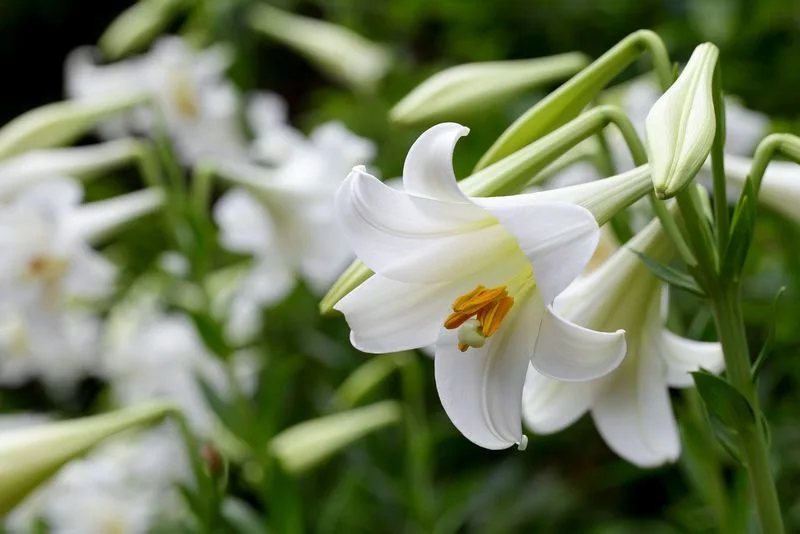
Lilies are a gardener’s delight, known for their fragrant blooms and vibrant colors. However, they pose serious threats to cats, causing kidney failure even in small amounts. The beauty of lilies conceals their danger, making them a deceptive addition to any pet-friendly home. Many cat owners aren’t aware of the risks until it’s too late, as even the pollen can be harmful. To enjoy a splash of color without the worry, consider replacing these with pet-safe options.
Pet-Safe Alternative: Sunflower
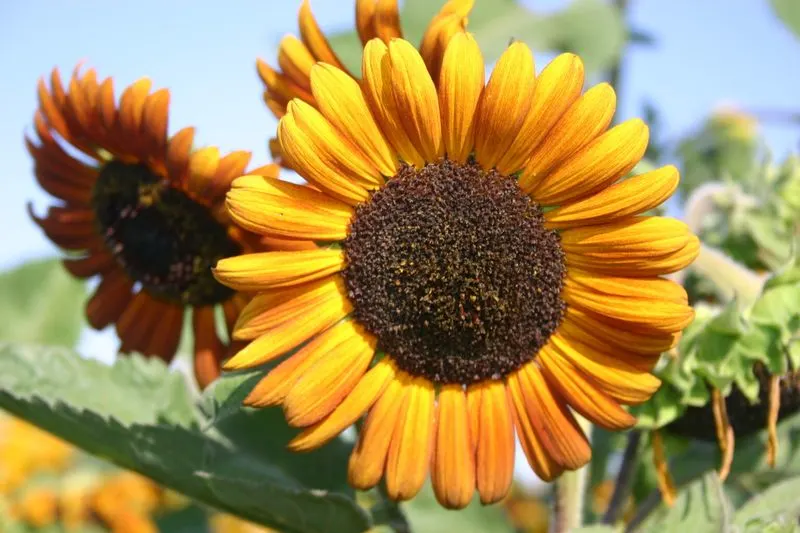
Sunflowers offer a cheerful alternative to lilies, with their towering stalks and large, sunny faces. Safe for both dogs and cats, these flowers add height and a splash of color without the associated risks. Their seeds attract birds, bringing lively activity to your garden. Planting sunflowers not only enhances visual appeal but also promotes a thriving ecosystem. They are easy to grow, making them a favorite among gardeners seeking low-maintenance, pet-friendly options.
Azalea
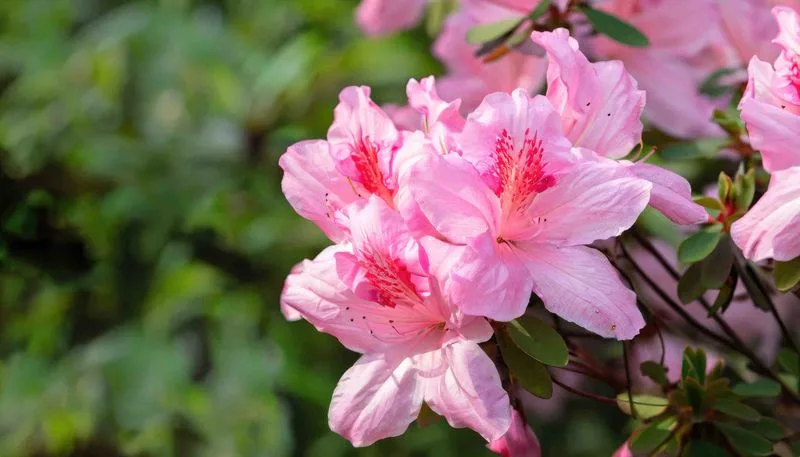
Azaleas, with their bright pink and red blossoms, are a spring favorite. However, these enticing flowers contain grayanotoxins, which can cause vomiting and cardiac failure in pets if ingested. Often found in ornamental gardens, their eye-catching blooms can lure unsuspecting animals. For those who love the look but not the risk, considering a safer alternative is wise. Replacing azaleas with non-toxic options can prevent accidental harm while maintaining garden beauty.
Pet-Safe Alternative: Marigold

Marigolds are a fantastic substitute for azaleas, with their fiery colors and pest-repelling properties. Known for being safe to pets, they bring vibrancy and practicality to any garden space. These flowers are renowned for their ability to deter pests naturally, making them a win-win for gardeners. Marigolds thrive in sunny spots and are relatively low maintenance, perfect for gardeners looking for beauty and functionality without the pet-related risks.
Daffodil

Daffodils herald the arrival of spring with their bright yellow trumpets, but they hide a toxic secret. These flowers contain lycorine, a chemical causing severe digestive distress in pets if ingested. While their sunny appearance captures the essence of spring, their hidden danger to pets requires careful consideration. For those wishing to maintain a lively, pet-safe garden, choosing alternative blooms can provide peace of mind while preserving vibrancy.
Pet-Safe Alternative: Zinnia
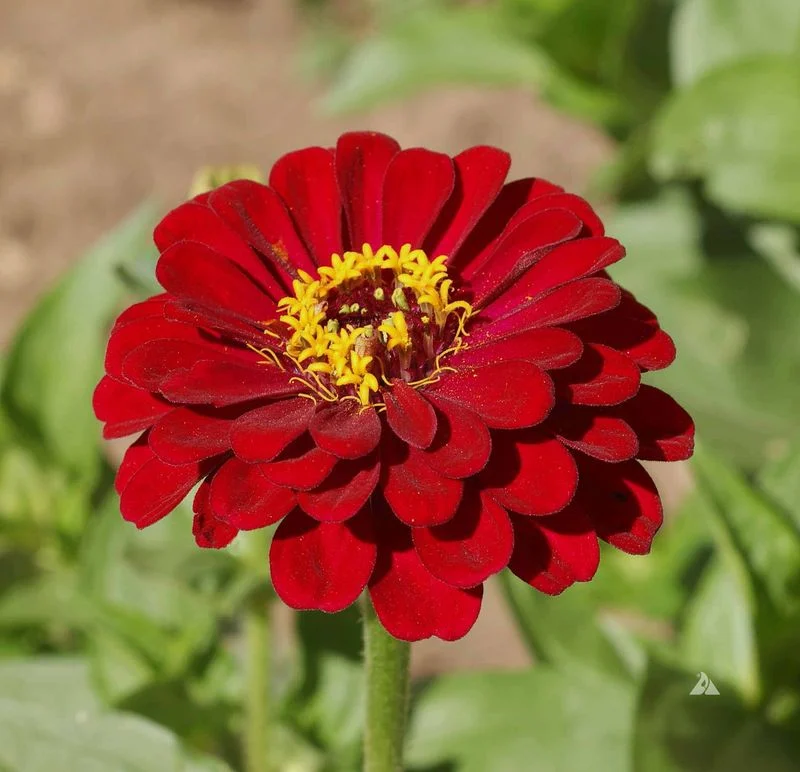
Zinnias are a pet-safe choice that matches the brightness of daffodils without the harmful effects. Their colorful blooms come in various shades, offering plenty of visual interest. Easy to grow and maintain, zinnias are perfect for gardeners seeking a fuss-free addition to their outdoor spaces. They attract butterflies, adding dynamic movement and beauty. Zinnias are resilient and flourish in sunlit areas, making them a delightful, worry-free choice for pet owners.
Foxglove

Foxgloves stand tall with their striking tubular flowers, commonly found in cottage gardens. Despite their allure, they contain digitalis, a substance toxic to pets, affecting heart function if ingested. These plants demand respect and caution, especially in homes with curious animals. For gardeners who admire their structure but want a safer choice, looking for less harmful options can keep both pets and aesthetics in harmony.
Pet-Safe Alternative: Snapdragon
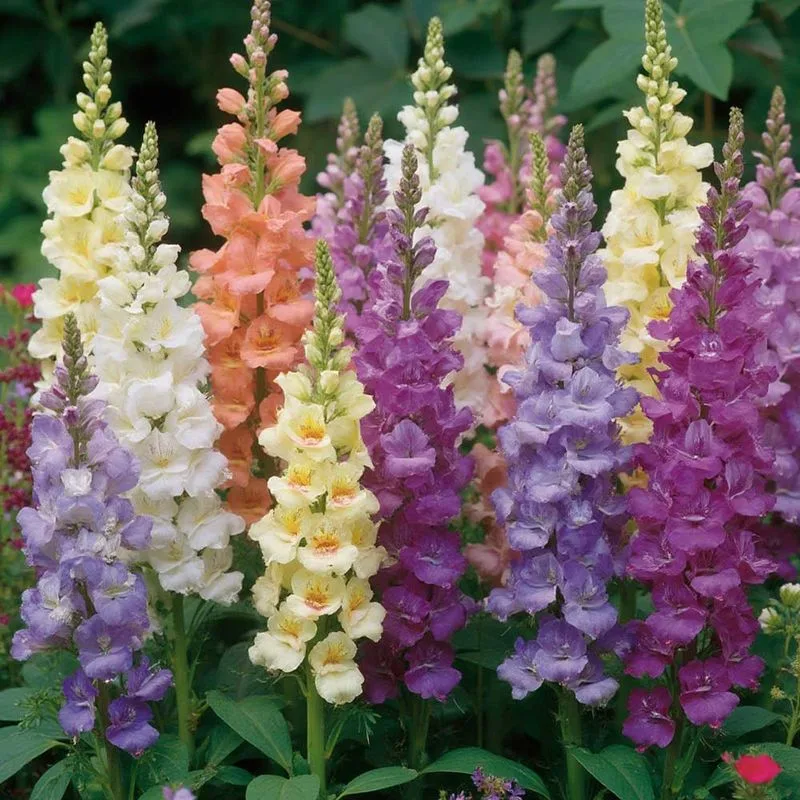
Snapdragons provide the architectural interest of foxgloves without the toxic concerns. These charming flowers, available in a spectrum of colors, are safe for pets and children alike. Known for their whimsical shape, snapdragons add playfulness and diversity to a garden. They attract beneficial insects and thrive in well-drained soil, offering a friendly environment for both wildlife and pets. This makes them a versatile and delightful alternative.
Oleander
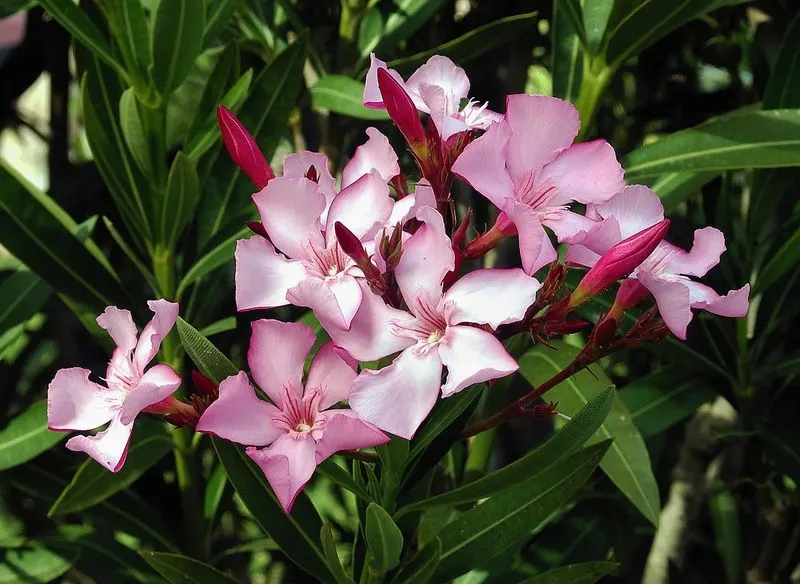
Oleander, with its clusters of pink or white flowers, is a common sight in warmer climates. However, its beauty belies a dangerous toxin that can be lethal to pets and humans. The entire plant is toxic, requiring careful placement or removal in pet-friendly areas. For those seeking to maintain vibrant foliage without the risk, exploring safer alternatives can be a prudent choice.
Pet-Safe Alternative: Hibiscus
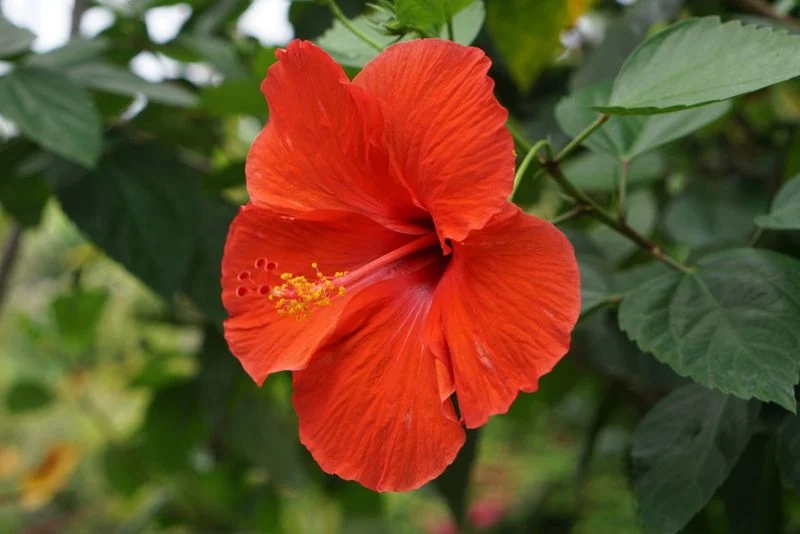
Hibiscus plants offer a stunning alternative to oleander, with their large, tropical blooms safe for pets. Their vibrant colors bring an exotic flair to gardens, while remaining non-toxic to furry friends. These flowers are favored in warm climates and attract hummingbirds, adding a lively touch. Hibiscus plants thrive in sunny conditions and are relatively easy to care for, making them an appealing choice for a safe and beautiful garden.
Sago Palm
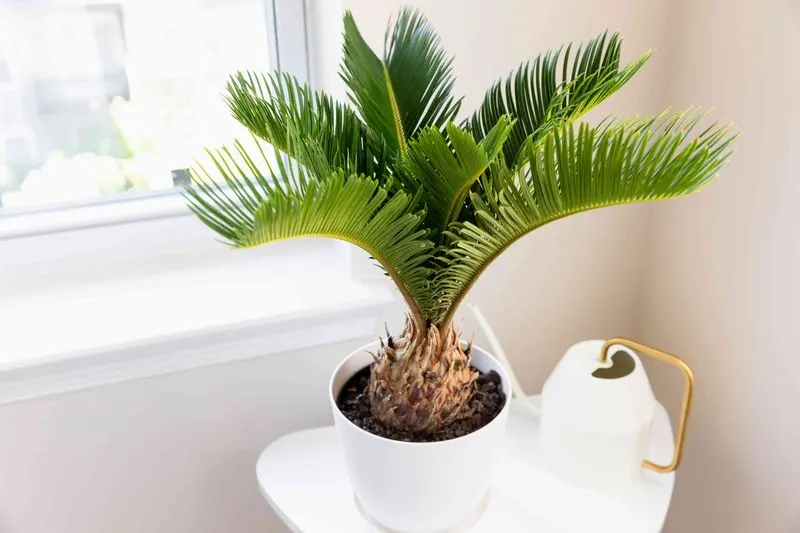
Sago palms, while aesthetically pleasing, are highly toxic to pets, especially dogs. Every part of this plant is poisonous, potentially causing liver failure if ingested. Despite their appealing appearance, these plants pose a significant risk, necessitating their exclusion from pet-accessible areas. For those looking for palm-like greenery without the hazards, considering safer palm varieties can help maintain a tropically inspired garden safely.
Pet-Safe Alternative: Areca Palm
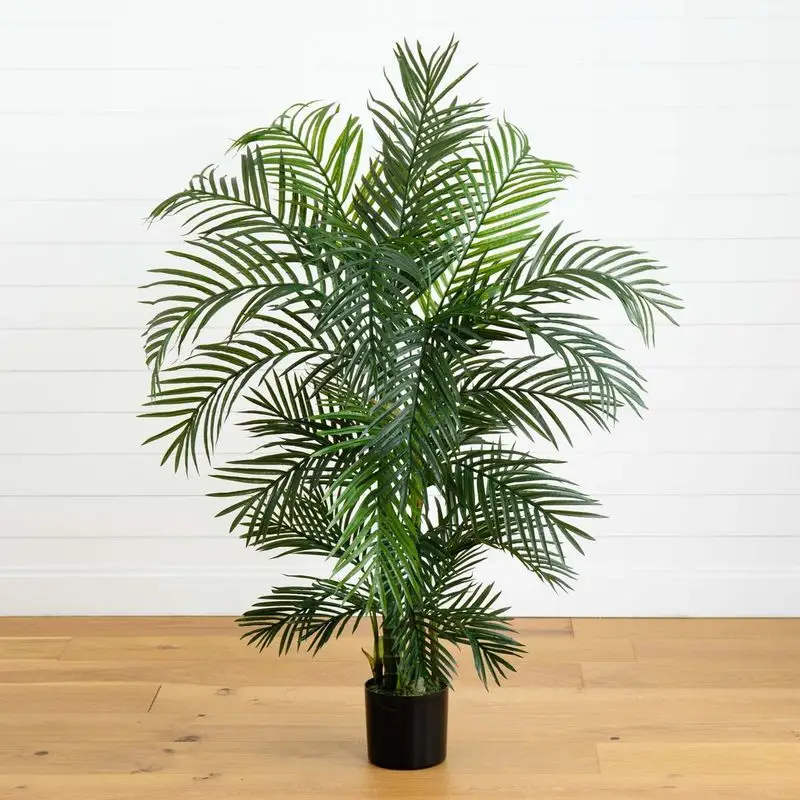
The areca palm is a fantastic, pet-friendly alternative to the sago palm, offering lush greenery without the toxicity. Known for its graceful, feathery fronds, it adds a tropical feel to any environment. These palms are popular as indoor plants and thrive with minimal care. They help purify the air, enhancing indoor spaces while keeping pets safe. This makes the areca palm a perfect blend of beauty and functionality.
Hydrangea
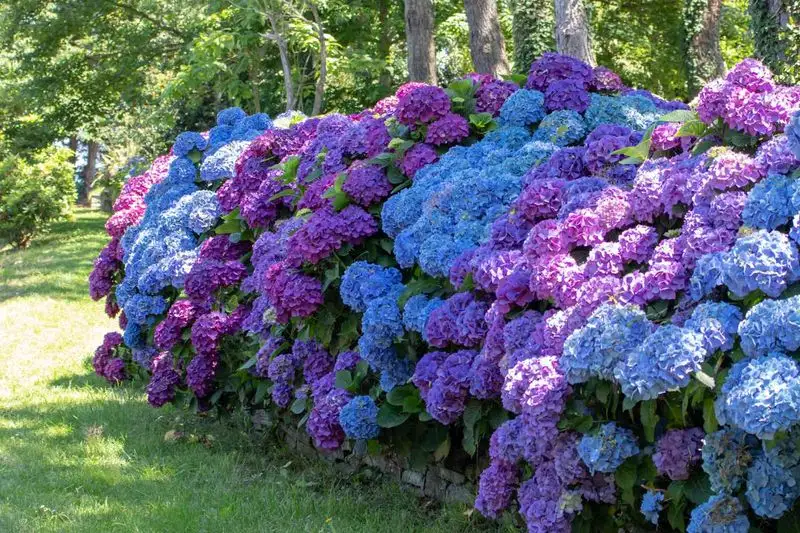
Hydrangeas, with their large clusters of flowers, are a garden staple. However, they contain cyanogenic glycosides, which are harmful to pets if consumed. The appeal of their lush blooms often overshadows the risks, especially for households with adventurous animals. Substituting hydrangeas with non-toxic plants can help maintain a pet-friendly environment without sacrificing charm or visual appeal.
Pet-Safe Alternative: Roses

Roses are a timeless choice that bring elegance and fragrance to gardens without posing a risk to pets. Known for their beauty and variety, they offer endless possibilities for gardeners. Roses are pet-safe and can be used in a multitude of garden designs. Their thorny stems provide natural deterrents for curious animals, making them both a safe and classic garden staple.
Ivy
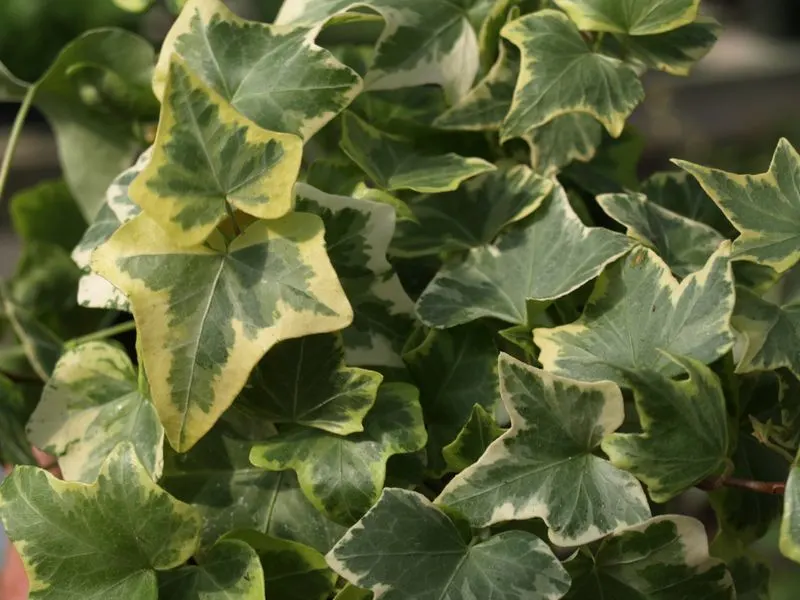
Ivy is often used for its cascading greenery and ability to cover unsightly areas. However, it contains saponins which can cause vomiting and other health issues in pets. Its invasive nature also makes it a challenge to control in gardens. For those seeking greenery without the toxic drawbacks, exploring less harmful vine options can provide similar aesthetic benefits.
Pet-Safe Alternative: Boston Fern
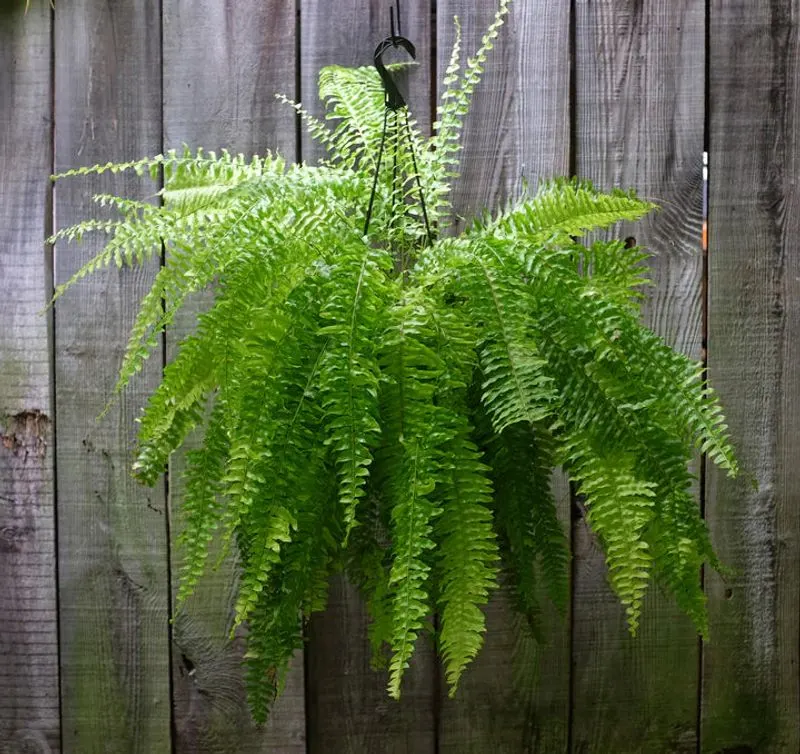
Boston ferns bring lush greenery similar to ivy without the associated risks. Known for their feathery foliage, they thrive in shaded spots and are safe for pets. Boston ferns are perfect for hanging pots or as ground cover, adding both texture and visual interest. Their ease of care makes them a popular choice among pet owners looking to create a safe, verdant space.
Wisteria

Wisteria is celebrated for its cascading purple blooms and dramatic appearance. However, it’s less celebrated for the toxicity it poses to pets. All parts of the plant can be harmful if ingested, leading to digestive upset. Its vigorous growth also requires careful management to prevent overgrowth. For those enamored by its beauty but wary of its risks, considering safer flowering vines can offer peace of mind.
Pet-Safe Alternative: Honeysuckle
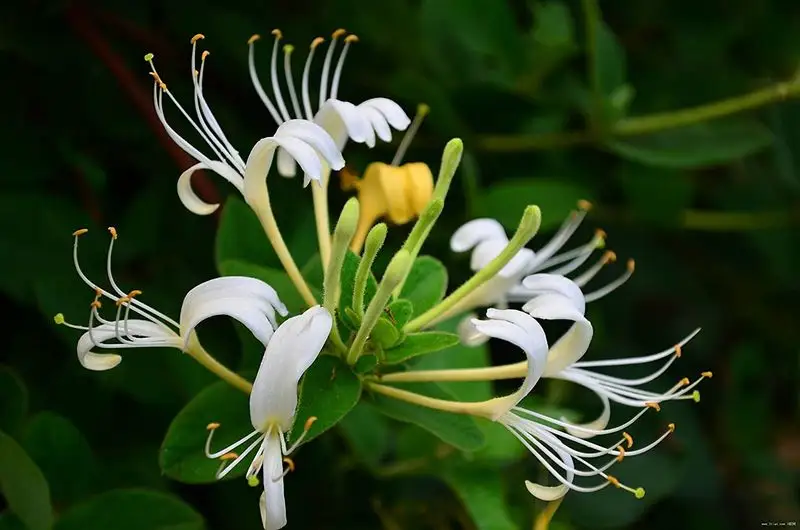
Honeysuckle offers similar visual appeal to wisteria, with its sweet fragrance and bright flowers. Safe for pets, it attracts pollinators and adds sensory delight to gardens. Honeysuckle vines are versatile, flourishing on trellises or as ground cover. Their ability to thrive in various conditions makes them a charming and practical choice for gardeners looking to replace toxic vines with something both beautiful and benign.

